NIACC hoping to begin construction of career center by fall
By James Grob, jgrob@charlescitypress.com
Delays due to rising costs and supply chain issues have pushed the dates back a few months, but North Iowa Area Community College President Steve Schulz said that construction of a new high school career center near Charles City could begin this fall.
“It’s not going to stop us from moving forward,” said Schulz, referring to the supply chain issues. “It’s been challenging, but we’ve got an initial design in place and we’ve been meeting with architects.”
Schulz said there was some final legal work to finish with the Floyd County Fair Board regarding land for the campus at the fairgrounds, but agreements have been approved by most of the seven school districts involved in the center.
“We hope to go public with this in late summer, and if all things go well we hope to begin construction by fall,” he said.
If construction commences in the fall, Schulz said that would put the center on target for opening by about the first of the year.
“We’re moving as quickly as we are able to at this point,” Schulz said. “All systems are go.”
At Monday’s meeting, the Charles City School Board tabled the signing of the educational service agreement between North Iowa Area Community College and the district, but CCHS Principal Bryan Jurrens said that the board members just wanted some more information before signing off on the plan, and he expects the project to continue.
The Charles City Career Center will offer college credit to high school students in four subject “academies” currently identified by Iowa Workforce Development as areas where workers are most in demand regionally — advanced manufacturing, construction trades, information technology and health careers.
The career center will be built on land donated by the Floyd County Fair Board, east of the fairgrounds. In March 2020, voters in the NIACC district approved a $15 million bond referendum for the community college, by a 77% majority. About $5 million to $6.5 million of that was earmarked for the area career academies.
After attending classes and training for one year in the career academy, students will graduate high school and the academy with certificates in various skills that are in demand and they could enter the workforce directly.
They will also have completed the first year of a NIACC two-year technical training program and could go on to complete the program at NIACC, earning an associates degree, specialist certificate or other accreditation in just one more year.
That year of college credit at the career center will be essentially free to the students and to their families, with no extra charge for tuition, textbooks, tools and equipment. The three community college districts involved in the center are NIACC, Northeast Iowa Community College and Hawkeye Community College.
Participating school districts in the career center will be Charles City, Riceville, Osage, Rudd-Rockford-Marble Rock, Nashua-Plainfield, North Butler and Clarksville. Schulz has said the Charles City academy will be about 18,500 to 20,000 square feet, and will cost around $6 million to $6.5 million.
“We want to make sure we are serving all the entities that it’s designed to serve,” Schulz said. “It’s just a matter of time now.”
Schulz said he was encouraged by the support in the region.
“We’ve been accepted very well in every community,” he said. “I think everyone is excited about the potential of a facility like this.”
The seven high schools have committed to “buying” the seats in the program for at least 10 years, he said. There will be about 100 seats available in the four subject areas, and seats will be allocated to each high school according to enrollment. As the biggest population center and the high school with the highest enrollment, Charles City will have the most seats.
Each high school is committed to pay $3,000 per seat per year for its allocation, whether it uses all its seats or not, Schulz said, to guarantee an ongoing funding stream.
That tuition from the high schools is part of the regular state school funding formula so students have access to college programming while still in high school.
Additionally, each of the seven high schools has committed to $7,000 to $9,000 annually toward maintaining and updating the program equipment.

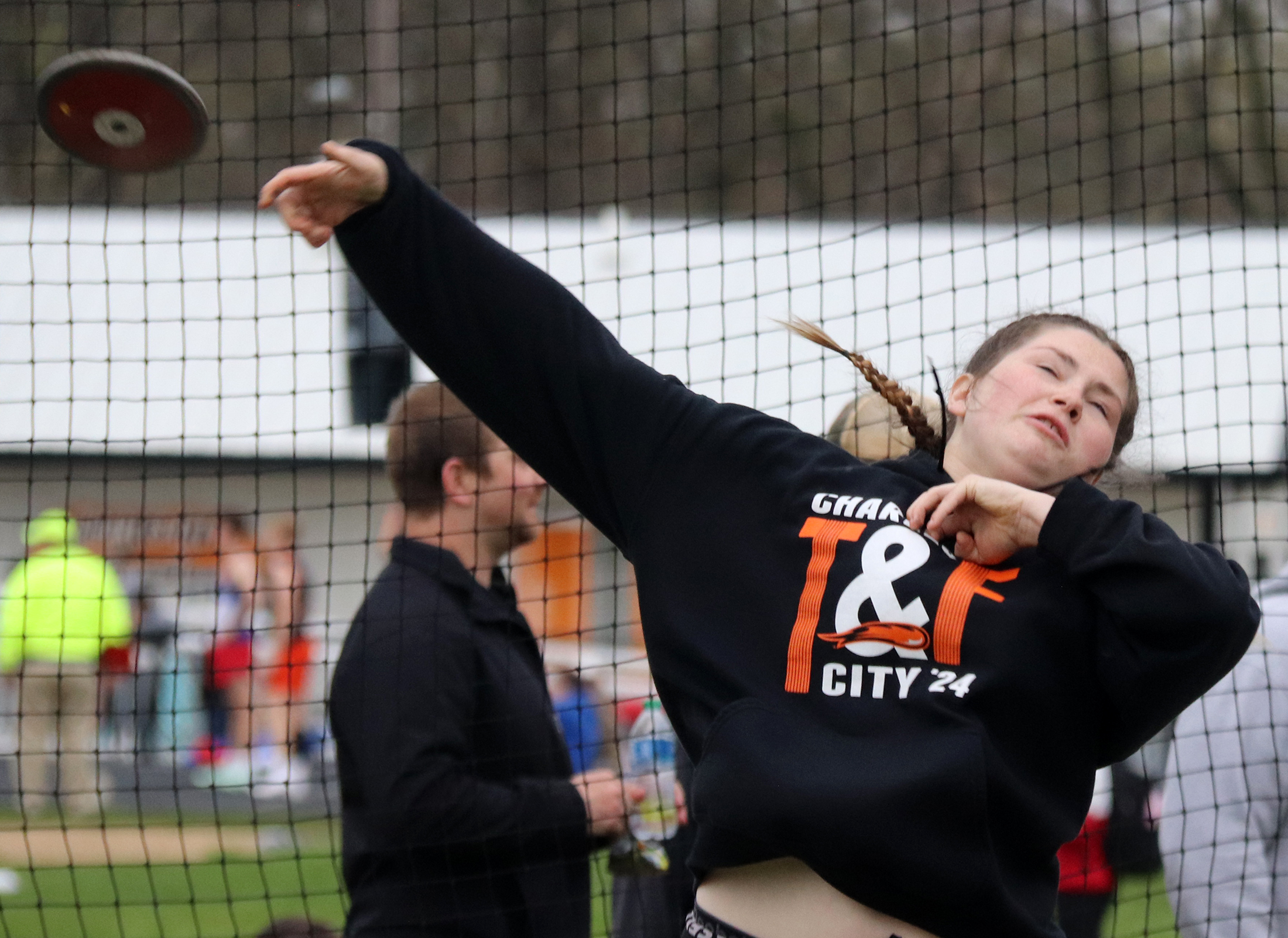
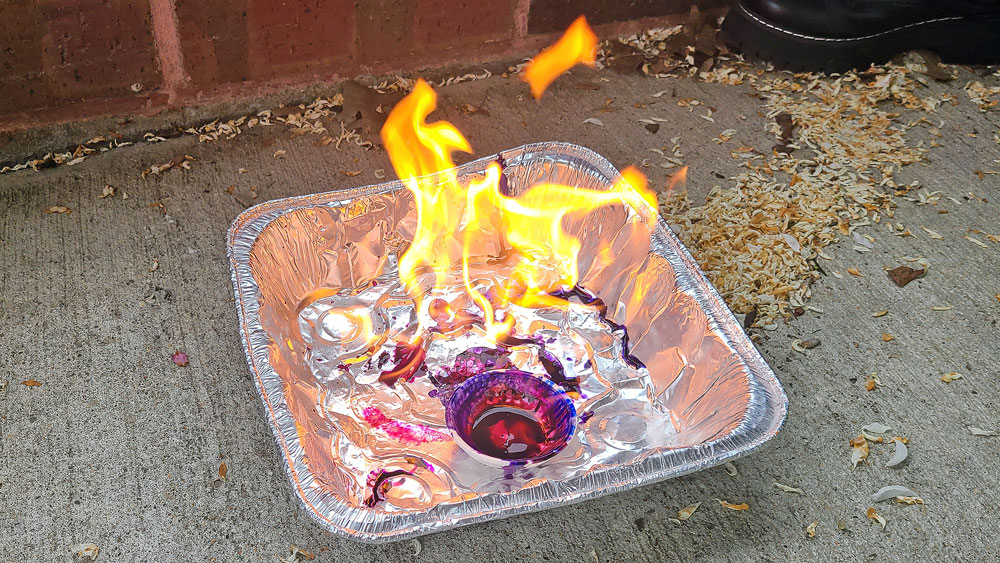
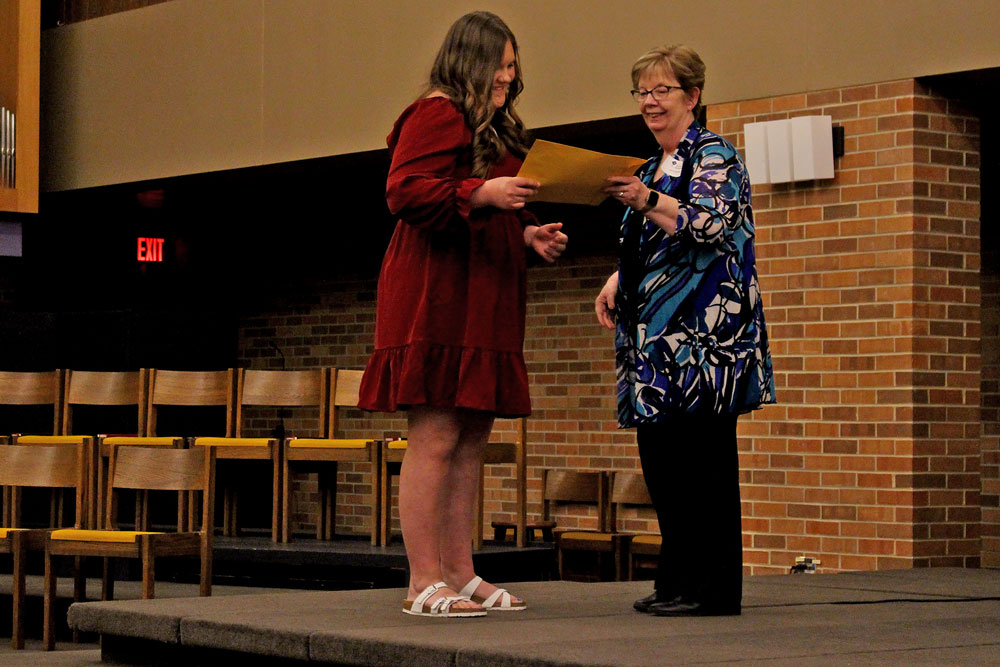
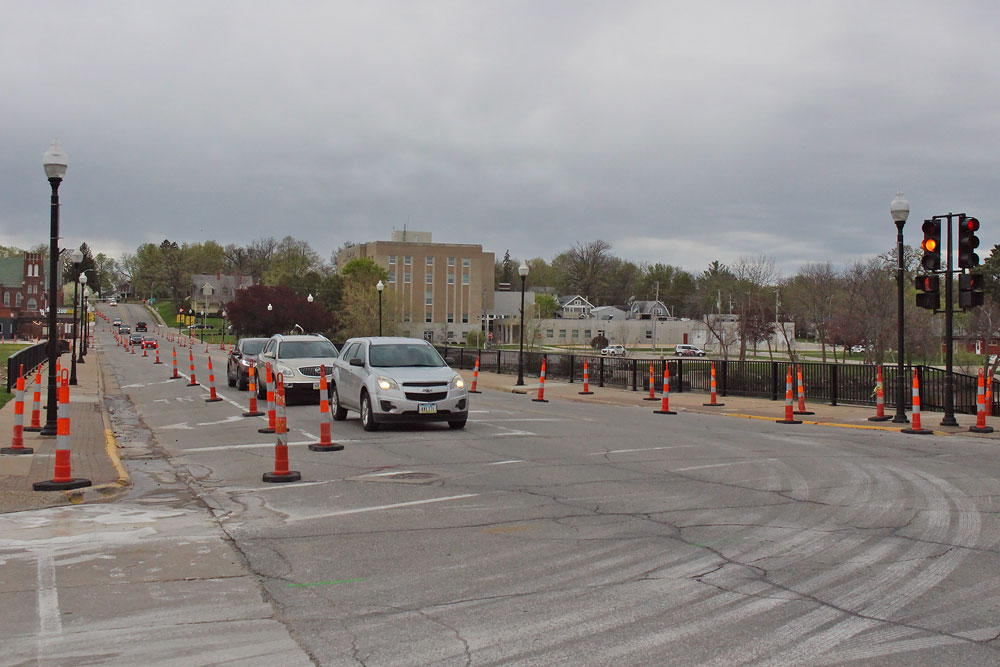
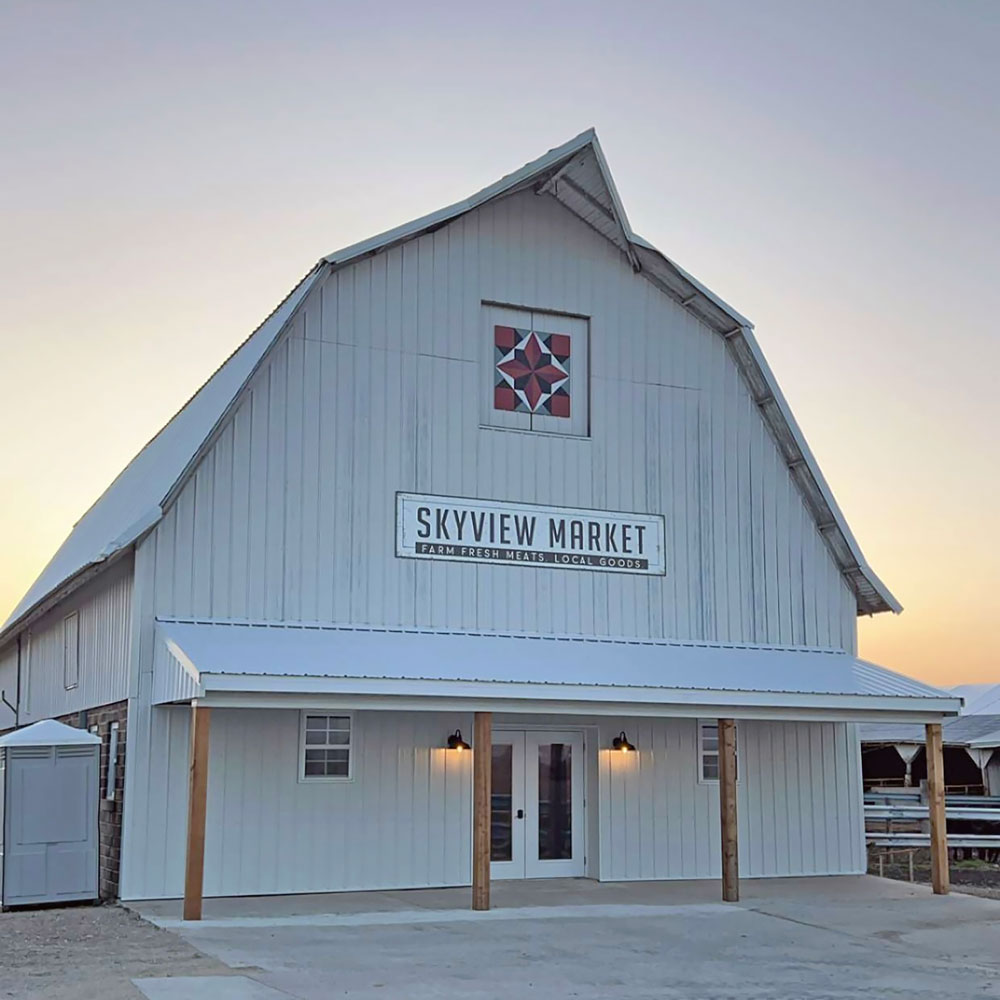
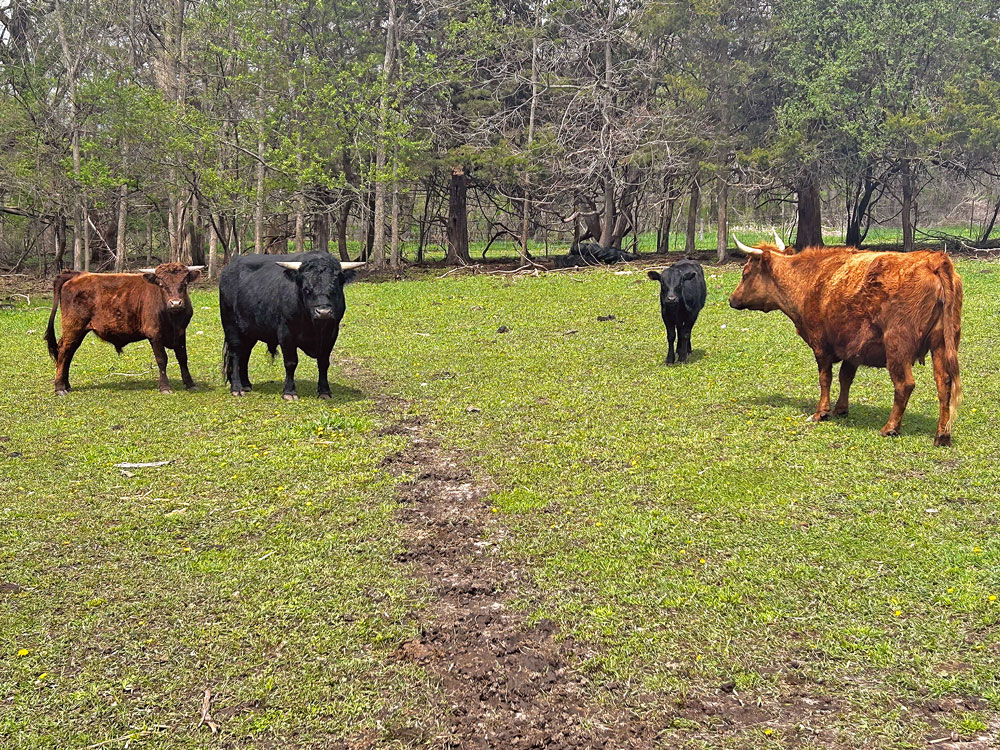


Social Share